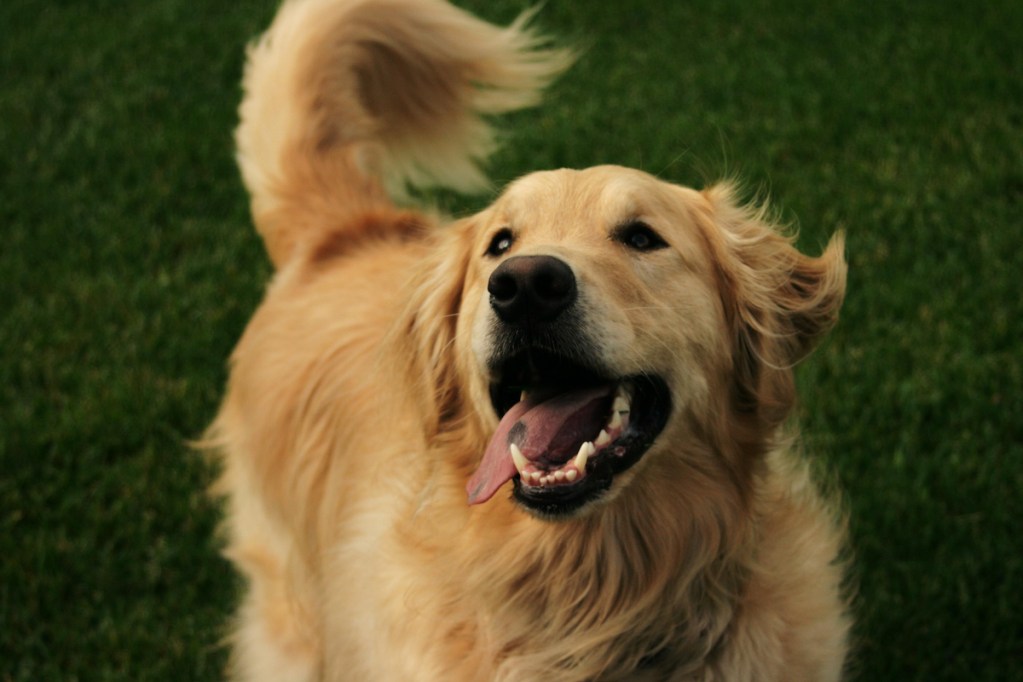Seeing a happy tail is half the reason to keep a dog in your house. While tail communication can have other meanings, we mostly associate dog tail wagging with happiness and excitement, and that’s spot on the nose. In fact, your own animal might have different levels of tail wagging to indicate his excitement, everything from “I’m getting a belly rub” to “I see a squirrel.” Our ancient pups probably originally developed a wagging tail as a means to communicate with each other but now have happily brought us into the secret code.
We can’t lie — the Animals Being Derps subreddit might be our go-to spot to scroll through videos that capture some of the funniest moments of our pets. This week, we were lucky enough to get a particularly adorable Golden from u/founddumbded who wags his tail and then some. Watch this little buddy get their whole body into the dance as the excitement over his ball spills over. It helps that he’s an extra fuzzy specimen and the long fur swishes right along with him. Appropriately entitled “Full-body wag” this captures a certain feel that only a sweet dog can have.
Top comment by u/a3663p also enjoyed his fuzzy mane, stating, “He knows he is fluffed up and uses it to his full potential.” Others were more interested in capturing his dialogue with “Take this ball already!!!” said u/Irgendniemand81. “No take! Only throw!” u/Z0idberg_MD responded. While many speculated that his goal was to get his owner to play with the ball, u/solar-powered-Jenny put it simply: “Whatever is making him this happy, never stop doing it.” Lastly, u/PigletPutrid3395 thanked OP for the video, mentioning, “Thank you for that, after a long stressful night and at work, that put a smile [on] my face. So cute.” This was definitely the palate cleanser that we all needed.

Why do dogs wag their tails?
The theory goes that dogs originally used their tail only for balance and later began to rely on it for communication. Puppies generally don’t wag for the first month or so and only develop the ability when they start to “talk” to their moms and siblings. As the pet parent, you might start to pick up on different signals from your animal, and it’s important to note that sometimes a dog wagging tail is a sign of alarm. But usually, when you see your little guy shaking his tail (and body) so hard he’s about to fall over, it means he can’t contain his happiness.
The best way to begin to recognize different wags is to become an expert in your own pup. You might find he has a few different ones that signify unique wants and needs. Learning these communications is one of the cues you get that only you know your Fido.



